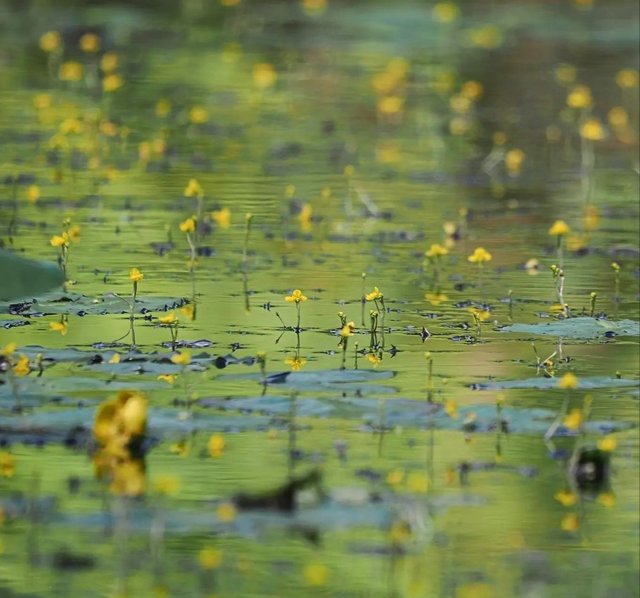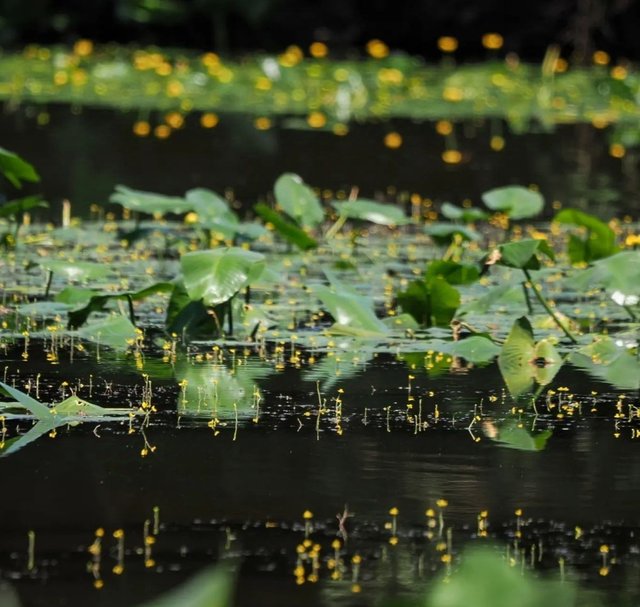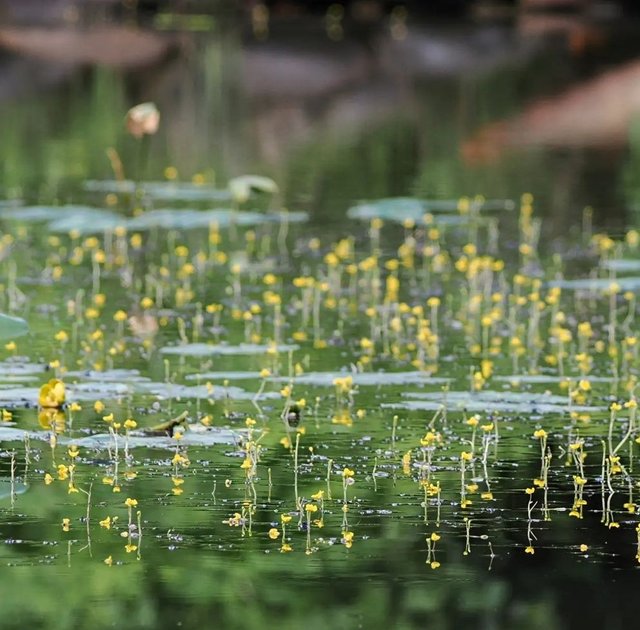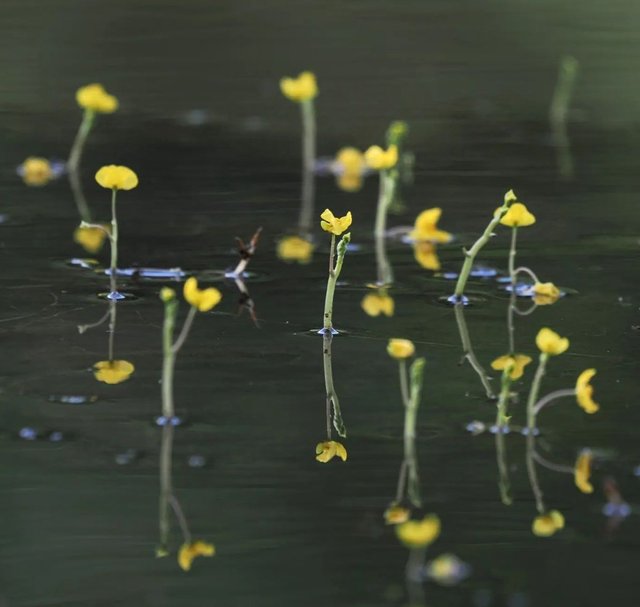Yellow Colour Utricularia Inflata Flower
Utricularia inflata: A Closer Look at the Floating Bladderwort
Utricularia inflata, commonly known as the large floating bladderwort or swollen bladderwort, is a fascinating and complex carnivorous plant that belongs to the Lentibulariaceae family. While many may be familiar with carnivorous plants such as Venus flytraps and pitcher plants, the aquatic Utricularia inflata remains less well-known, despite its unique biology and intriguing ecological role. This plant is primarily found in freshwater habitats, particularly in the southeastern United States, where it thrives in slow-moving waters, ponds, lakes, and ditches. Its intricate trapping mechanisms and rapid growth patterns make it a compelling subject of study for botanists and plant enthusiasts alike.
General Description
At first glance, Utricularia inflata may appear to be an unassuming aquatic plant with fine, feather-like leaves, but its simplicity hides a highly specialized system for obtaining nutrients in nutrient-poor environments. It is a floating or free-floating species, meaning that it doesn’t root itself in the sediment of ponds or lakes but instead drifts on the water's surface, tethered loosely by its stolons.
One of the most striking features of this species is its air-filled bladders, which give it buoyancy and allow it to float. These bladders, known as "utricles," serve as both flotation devices and, more interestingly, as traps for small aquatic prey like zooplankton, insect larvae, and even tiny tadpoles. The plant produces a small, yellow flower on an erect scape that rises above the waterline during blooming season, typically in late spring to early summer.
The Bladder Trap Mechanism
What truly sets Utricularia inflata apart from most other plants is its highly specialized carnivorous trapping system. The plant's bladders, which range in size from 1 to 5 millimeters, are vacuum-sealed chambers that actively capture prey. The trap operates via a sophisticated system of negative pressure. When the plant senses prey, often through mechanical stimulation of tiny bristle-like hairs near the bladder opening, the trap door quickly opens, creating a vacuum that sucks in the prey along with surrounding water. This entire process happens in a fraction of a second, making it one of the fastest movements in the plant kingdom.




Thanks For Reading
Device Information
| Device | Redmi Note 10 Pro |
|---|---|
| Lens | 64 mp |
| Location | Bangladesh |
